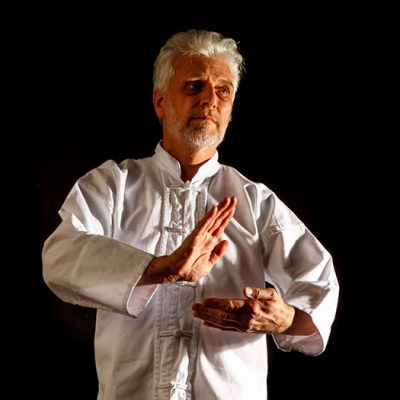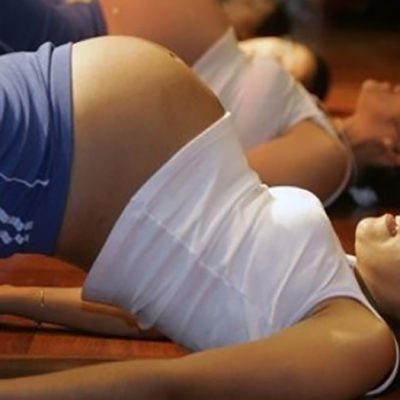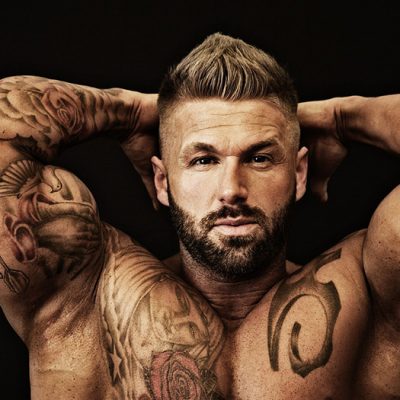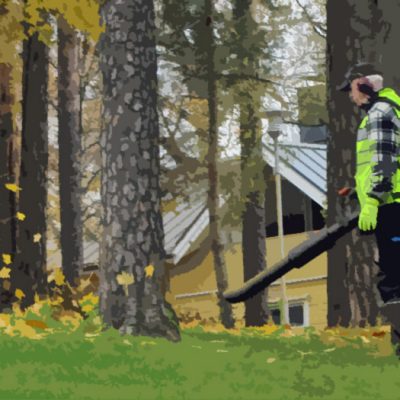If you are interested in trying Pilates, I highly recommend it. The exercise system is based on functionality and offers a truly well-balanced workout for your body and mind.
Modern Day Afflictions
These days, as depression, anxiety disorders, obesity, violence, etc. are on the rise, many of us look at our culture and ask “Why”? Well, I look at our culture and say “Let’s not. Let’s not allow this to continue, Lets find the solution to make it better.”
When looking at all these disorders, there are common underlying solutions that are all over the news. Beyond the all too easy answer of medication, there are studies that show consistent exercise, meditation, relaxation techniques, and nutrition can all do wonders.
However, sometimes even these things can become overwhelming, “If I take time to do all these things, it takes the time away from my already to packed schedule.” I often here friends say. True if we take an hour each to do all theses things, time does go quickly, but what if we can effectively combine some of these into one solution? That is where we turn to Movement with Meaning: Functional Exercise.
Exercise as a Path to All-Round Wellness
Our lives today depend as much on physical exertion to keep our muscles, organs, and bones working, as it does on mental strength to find inner calm in the chaos that abounds. Our revival thus depends on a balance both outside the body and within.
Joseph Pilates, the originator of the Pilates Method was a man of brilliance way before his time. He combined the best aspects of the Eastern and Western exercise disciplines to thoroughly cross-train the body with the mind to get the most out of precious time.
The Pilates Method is a series of approximately 500 exercises across a wide range of specially designed exercise equipment. “The purpose of Pilates is to improve the functional specificity of one’s movements,” says Elizabeth Larkam, director of the Pilates and Beyond Educational Institute.
Movement Control
Ms Larkam explains that improvement is achieved through exercises that enhance muscle tone; spine mobility, and body alignment and mechanics. “Whether it be in a fitness situation, or rehabilitation situation, what Pilates has to offer better than any other system is its ability to enhance motor learning and motor control,” says Larkam.
Athletes and dancers, in particular, are drawn to Pilates because of the direct relationship between the exercises and the movements of their sport or activity. Larkam has worked with a long list of professional athletes, including Olympic skier Jonny Moseley, who came to her to rediscover his form after a long lay off, and the high-flying performers of Cirque du Soleil.
Pilates demands a high level of mindfulness. The complex choreography of the exercises often involve moving surfaces and combined planes of motion. “One has to be paying attention to where they are in space, and what they are doing,” says Larkam.
“Pilates is not an effective way to improve cardiovascular conditioning,” says Larkam. “It is not a substitute for aerobic exercise.” And, while it is useful for muscle toning and strengthening, it is not intended to reproduce the intensive muscle building aspects of weight training.
Whole Body Technique
Taking the principles of focus and relaxation from the east, and the concepts or muscle endurance, strength, and intensity from the west, Joseph Pilates developed a method that uses the whole body.
Using the whole body, we strive for uniform usage of muscles, using opposing muscle groups ( i.e. hamstring and quads, or biceps and triceps) equally through each movement. This requires balancing the use of the larger muscle groups with the deeper small stabilizing muscles that are responsible for a powerful core and healthy, pain free movements.
To do this takes complete focus. One time a pilates client was talking to another student after class. “The hour just floats away, I am just so into my body moving. I don’t remember the last time my mind was free from all thoughts but the action at hand.” This is what makes Pilates a powerfully intelligent workout, that separates itself from many others.
Breaking it Down
There are three components to the Pilates Method: the Principles, the Exercises and the Equipment.
Principles — More complex than other forms of exercises, Pilates is a fusion of western and eastern philosophies. It teaches you about breathing with movement, body mechanics, balance, co-ordination, positioning of the body, spatial awareness, strength and flexibility.
Exercises — Pilates and yoga share similar goals, with both systems believing in individual progress, with emphasis on stretching and strengthening of muscles. The Pilates system works the body as a whole, co-ordinating the upper and lower musculature with the body’s center.
Equipment — Most Pilates studios have spring- and gravity- based resistance equipment. The most common piece of equipment in any Pilates studio is the “Reformer,” a moveable carriage for pushing and pulling.
An Exercise System for Everyone
Pilates is unique in the fact that it works with what you have now. From the well-conditioned athlete, to the elderly, pregnant, injured and weak, Pilates is meant for everybody.
With each exercise there is a progression from small movements, to larger more involved movements allowing for personal growth each step of the way. It teaches you a set of principles and body awareness and which you can use to identify movements beneficial or not so beneficial to your current state of mind and body.
In the end, Pilates can carry over into all aspects of your life to improve posture, back health, flexibility and over all strength. Therefore, its more than just an exercise. It is an intelligent life change!









